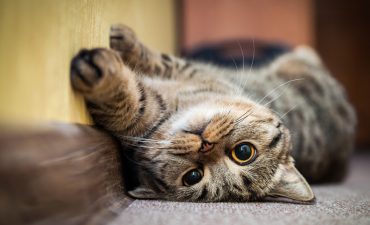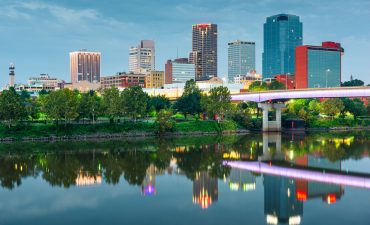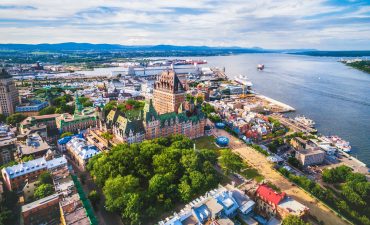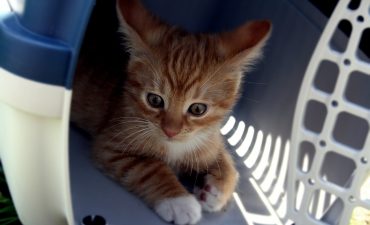Jet engines propel the aircraft by releasing fast flowing liquid fuels. According to Newton’s third law of motion, “every action has an equal and opposite reaction”, the speed with which the fuel is released by the engines propels the machine in the opposite direction with the same speed and velocity. There are other factors, that are responsible but fuel emission is the main reason behind the speed of jets.
Components of the engine
A jet engine consists broadly of two sections, one being the compressor and the other the combustion chamber. These may also be referred to the cold and hot sections respectively. There are many varieties of jet engines developed by various companies but the basic design remains the same.
The cold section of the engine constitutes:
Air intake
The intake is basically an opening that helps minimize drag. To allow smooth air flow to the compressor and the turbine blades, the air has to travel at speeds that are lower than the speed of sound. At supersonic speeds, the air forms shock waves in the system. To increase the pressure recovery some intakes use cones and ramps.
Compressor or fan
The compressor is like a turbine having multiple stages for getting high pressure. Air is allowed into the engine via the ‘intake’ and gets fed into the compressor. The compressor in turn increases the pressure level and introduces this air into the other section, the combustion chamber.
Bypass ducts
The thrust in modern jet engines is derived from the front compressor which bypasses the gas turbine and combustion chamber leading directly to the afterburner or the nozzle.
The common section
Shaft
It connects the turbine and the compressor. A jet engine may have as many as three shafts, which rotate at independent speeds.
Diffuser section
It consists of a divergent duct that decreases the compressed air velocity and allows easier ignition of the fuel.
Hot section
Combustion chamber
Also called the flameholder or simply combustor, it is the chamber where the constant burning of fuel takes place in the presence of compressed air.
Turbine
It looks like bladed discs and generates energy. Similar to windmills, they cultivate energy when it is rotated by the hot gases that come out from the combustor. To prevent them from melting, they are constantly cooled by cool air from the processor.
Afterburner
It is generally used in military operation aircrafts. They produce extra fuel for extra propulsion.
Nozzle or exhaust
To produce high-velocity jets, the gases that leave the engine must be exhausted to atmospheric pressure. This is facilitated by the nozzle which is generally convergent with a fixed area of flow.
Supersonic nozzle
Supersonic nozzles are extra additions to generate extra speeds by the engines.
The different types of jet engines that are used are:
Water jet – used in water rockets and jetboats.
Motorjets – uses a piston in place of a turbine
Turbojets – high velocity of exhaust
Turbofan – used in Boeing 707 and McDonnell Douglas DC 8
Rocket – hypersonic exhaust
Jet engines have application in military vehicles, spacecrafts, missiles and racing cars.






